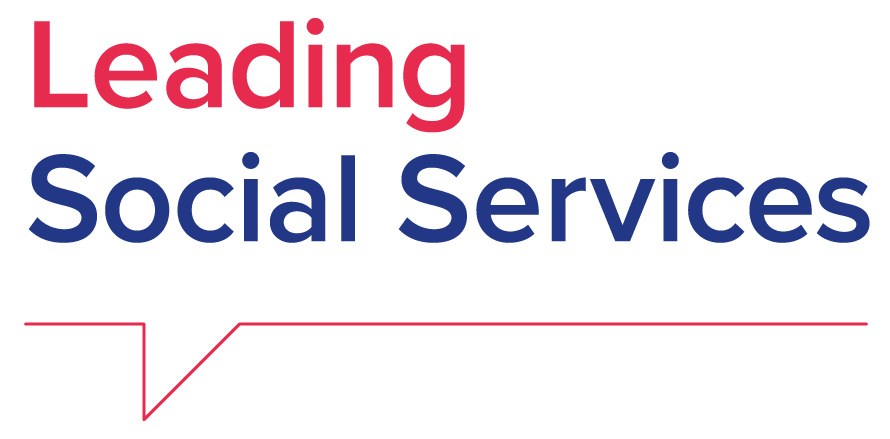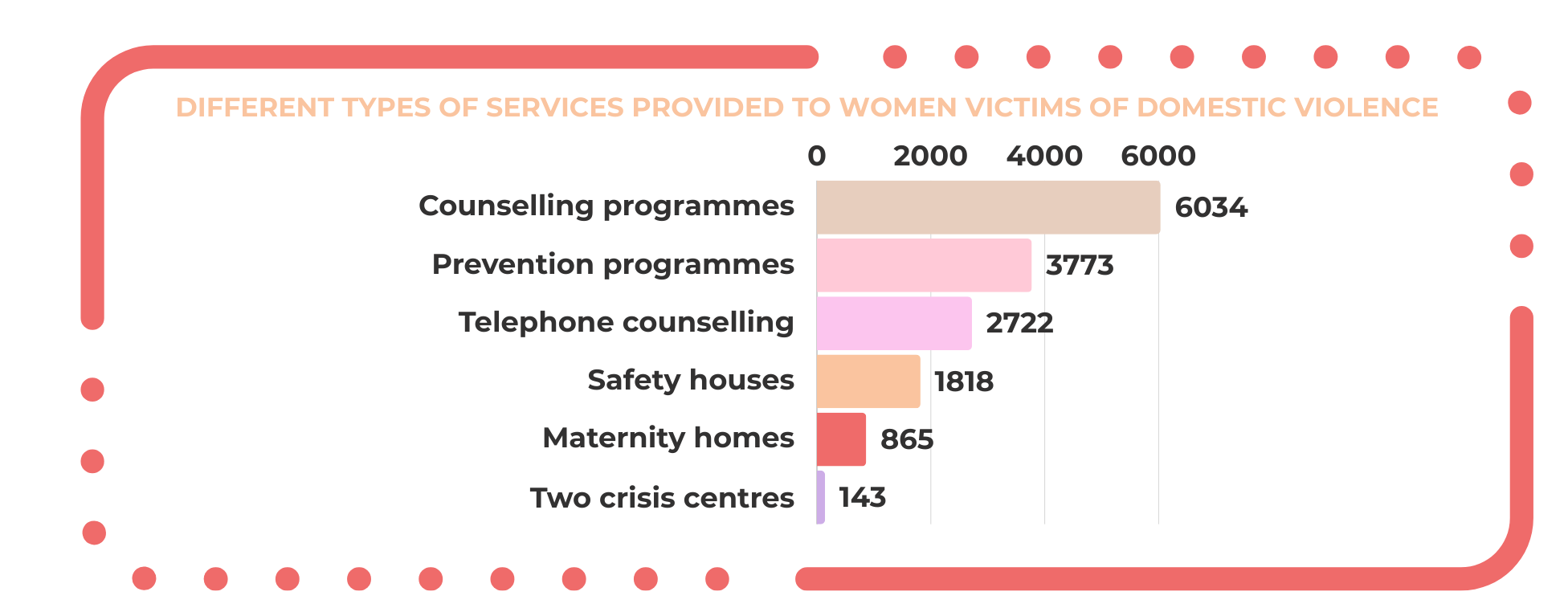RECOMMENDATION
Simplify complex and, above all, lengthy procedures in accessing long-term care.
SOCIAL SERVICES LEGAL AND POLICY FRAMEWORK
Right to access social services ✅
Access to Social Services is recognised in Article 3 of the Social Assistance Act.
Definition of social services ✅
According to Article 10 of the Social Assistance Act, social services are defined as activities to prevent social distress and problems and as assistance for self-help for individuals, families, and population groups. Article 11 lists nine specific social welfare services, such as personal assistance, support for victims of crime, family assistance at home, residential care, home care and social care and protected employment for people with disabilities.
National catalogue of social services ❌
No comprehensive catalogue lists all social benefits and services available to citizens in a single resource.
Strategic plan for social services ✅
The Resolution on the National Social Assistance Programme 2022-2030 is a long-term strategic plan for developing social services. It includes baselines and targets to be reached, such as several places in day and residential care for older people.
Responsibilities of national/ regional/ local authorities 🤝
National authorities set the framework and regulations for social services, including laws, policies, and standards for planning, funding, and delivery. They also inspect social services and oversee the organisation and financing of social work centres.
Local authorities, such as municipalities, assess local needs, develop plans, allocate budgets, and provide or contract social services for residents.
Third-sector organisations (non-profits and NGOs) are key partners, delivering various social services programmes independently or in collaboration with public authorities.
Social Services Expenditure
There are no separate statistics on social services expenditures. Displayed statistics include expenditures on social security and protection expenditure, such as pensions.
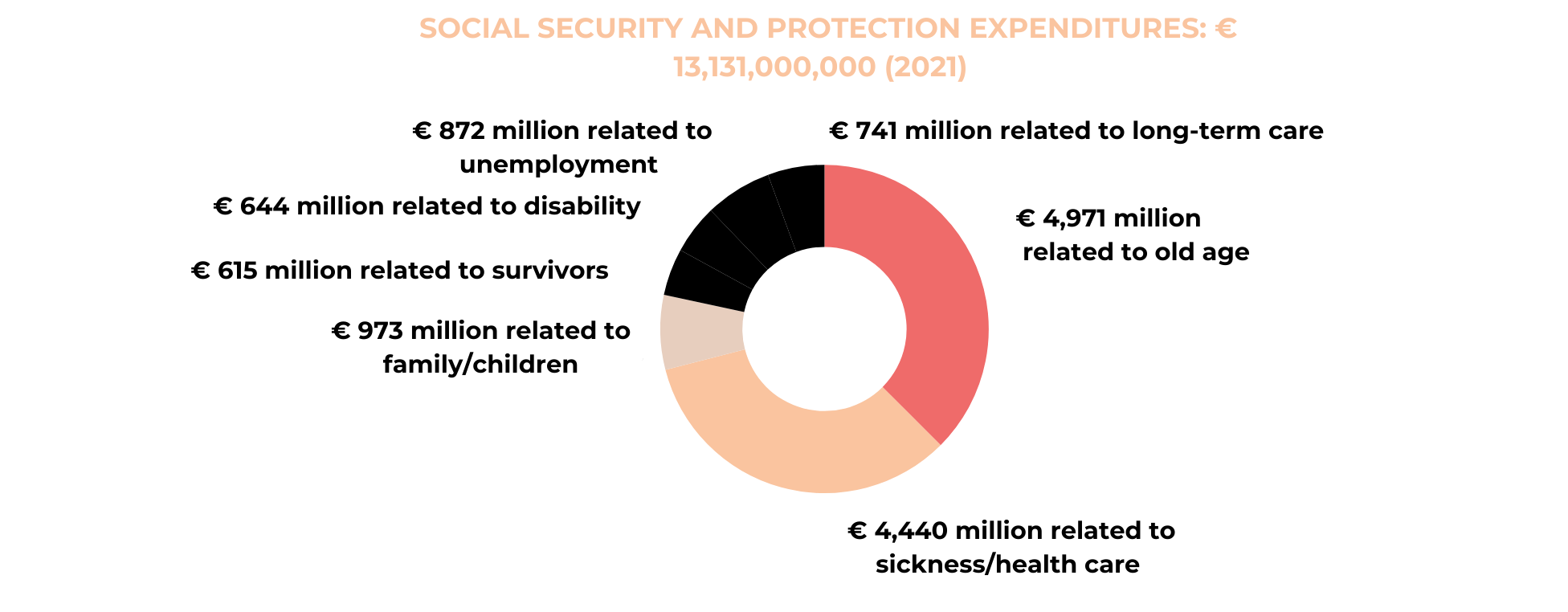
Source: National Statistics
Coverage
Long-term care (LTC) for older people
Number of older people aged 65+: 458,935 / 22 % of the total population (2023)
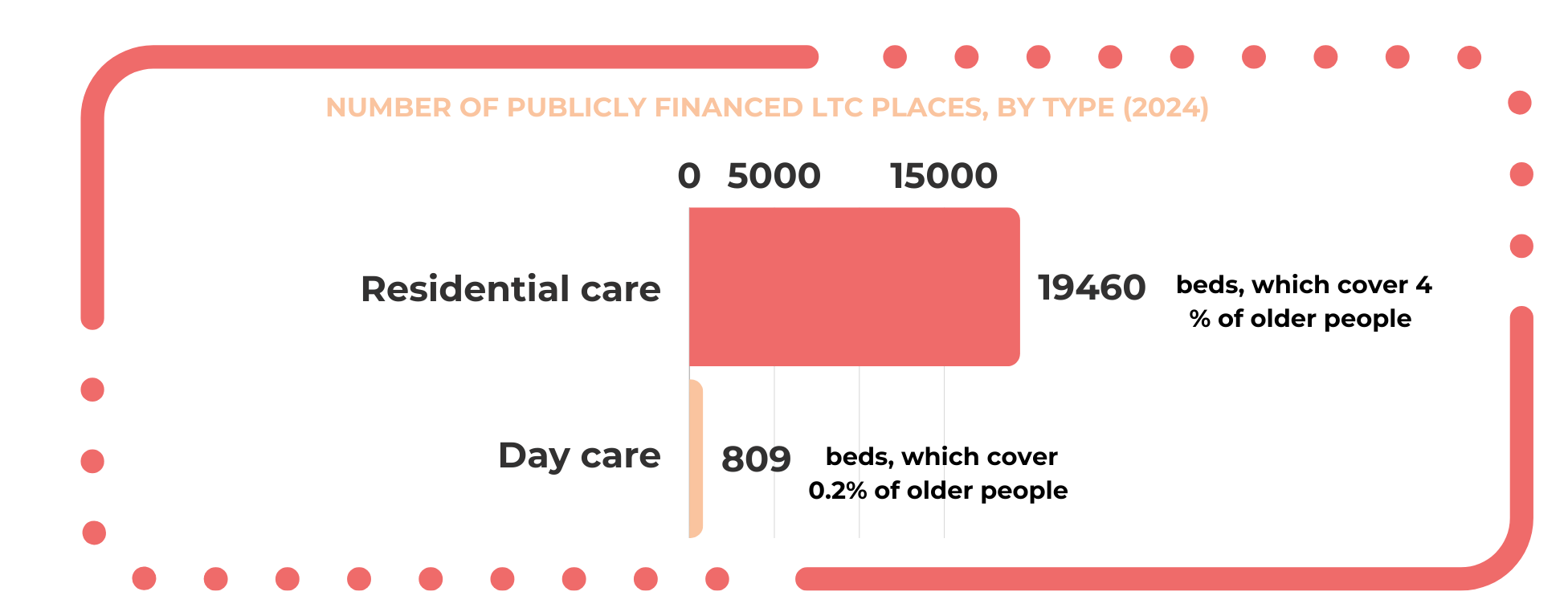
Source: Association of Social Institutions of Slovenia (1) & Association of Social Institutions of Slovenia (2)
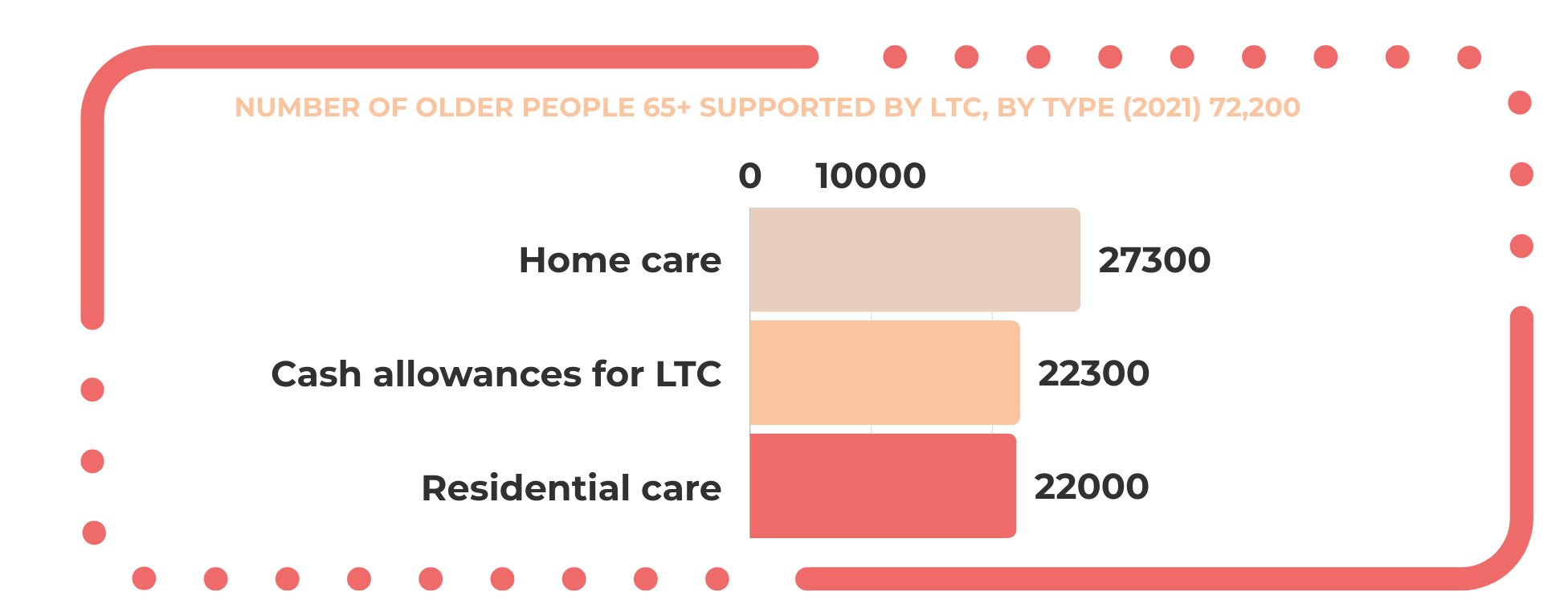
Source: Social Services Development Plan Baseline
Long-term care (LTC) for people with disabilities (PWD)
Total number of PWD: 170,000
Source: Action Programme for Persons with Disabilities 2022–2030
Total number of PWD receiving LTC, by type:
a. Residential care: 2,163 (2020)
b. Home care: 731 (2020)
c. family assistant: 559 (2021)
Labour market & social Inclusion for PWD:
a. 3,617 people were included in guidance, care, and employment under special conditions (2020)
b. 1,704 people were working in sheltered workshops (2020)
Source: Social Services Development Plan Baseline
Child protection services
Number of children in alternative care: 1,288 (2023)
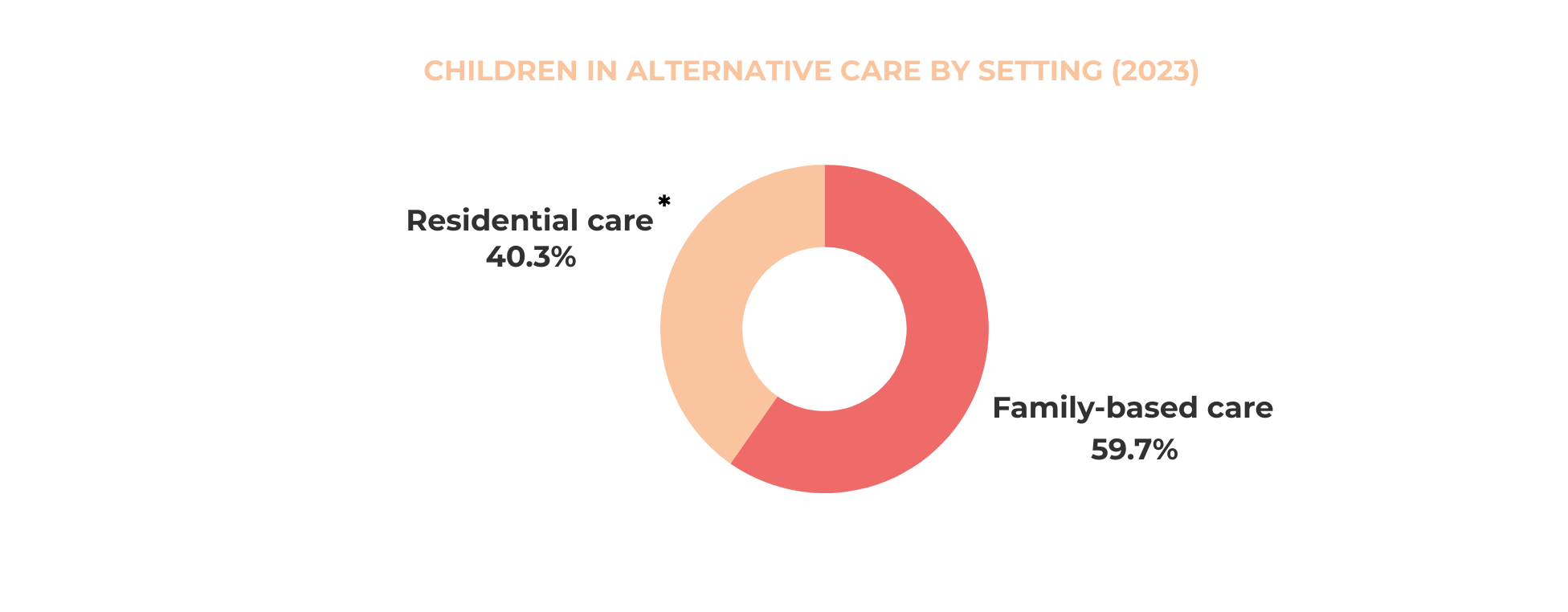
Source: Data from the Ministry of Labour, Family, Social Affairs and Equal Opportunities / Ministry of Education
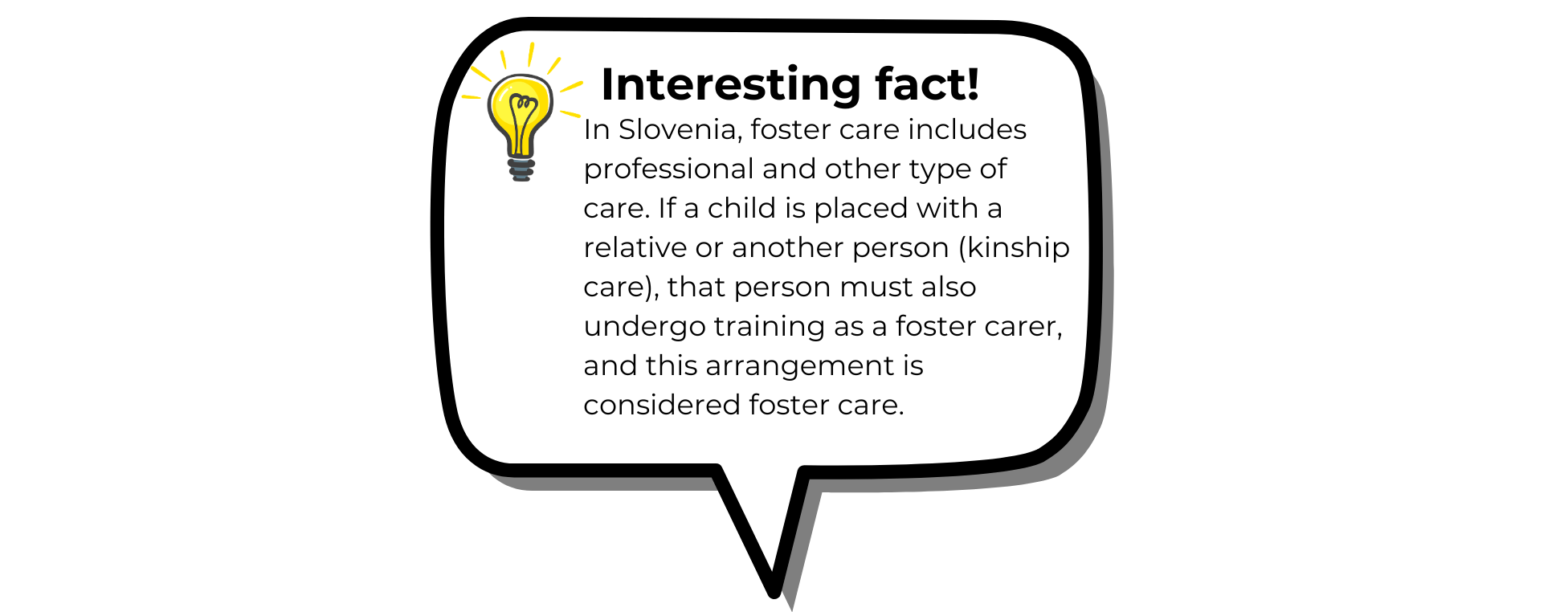
Women’s support
Number of women supported by domestic violence services: 15,212
Source: Data from the Ministry of Labour, Family, Social Affairs and Equal Opportunities
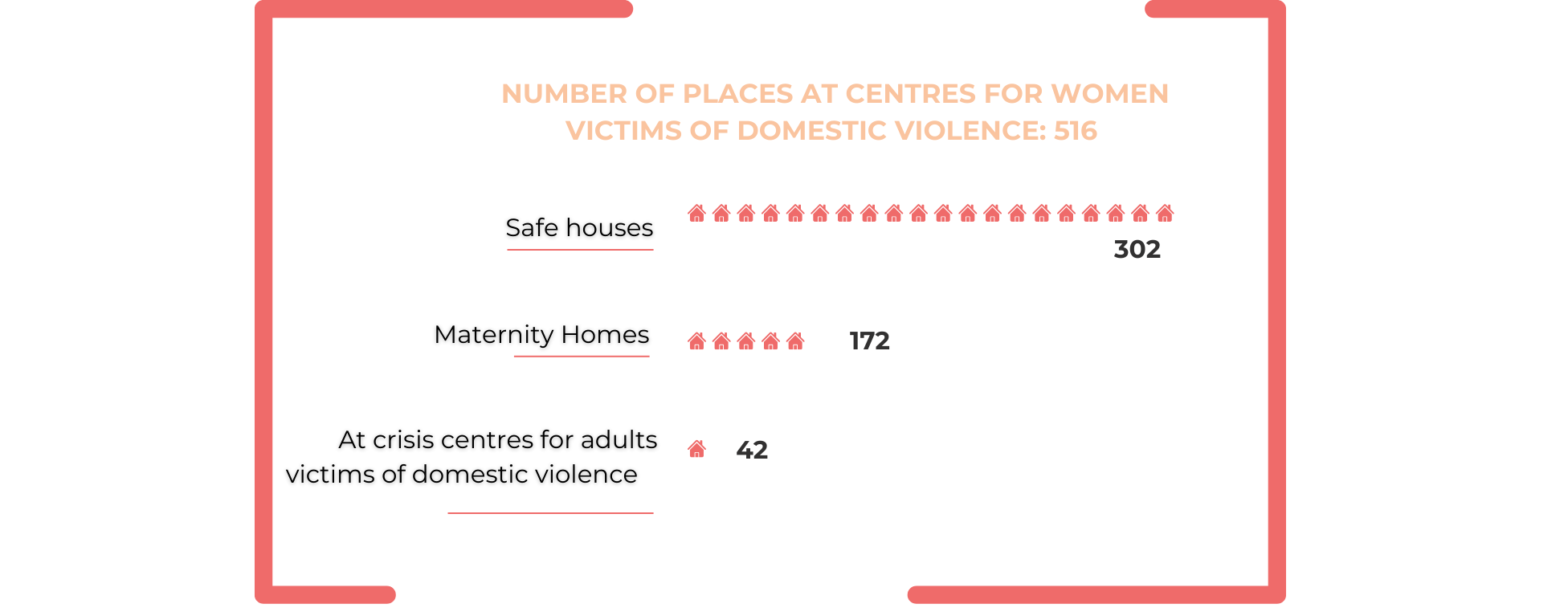
Source: Data from the Ministry of Labour, Family, Social Affairs and Equal Opportunities
Homelessness and social housing
Statistics from 2023:
Source: Data from the Ministry of Solidarity-Based Future

Source: Ministry of Ministry of Solidarity-Based Future

